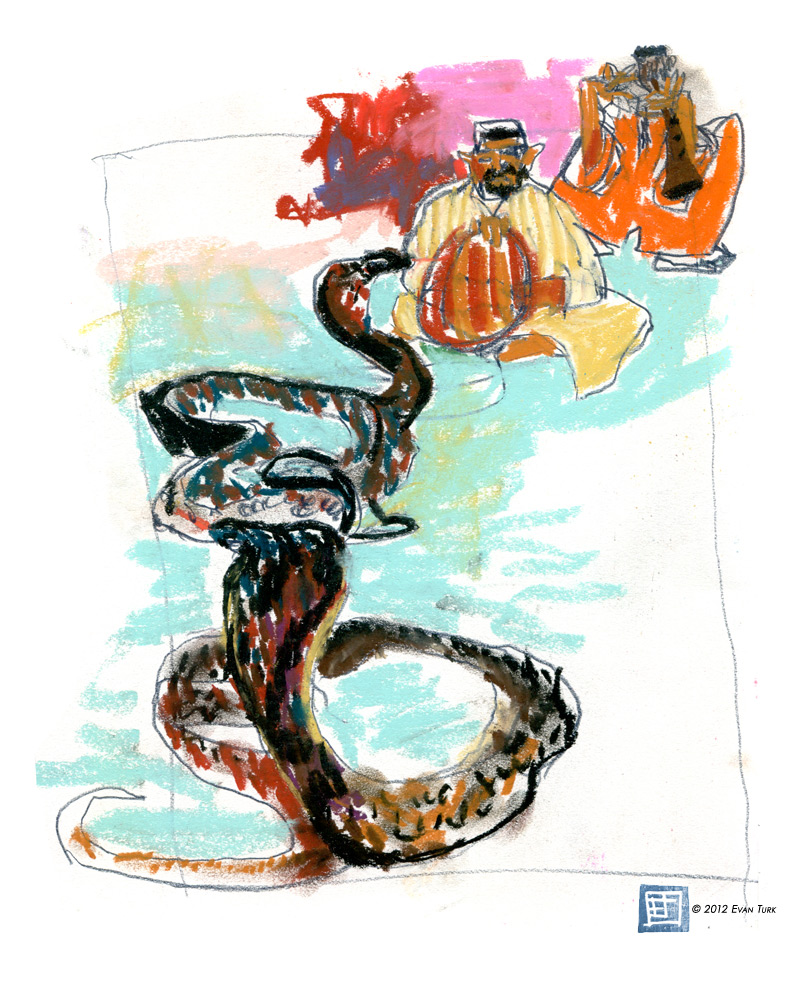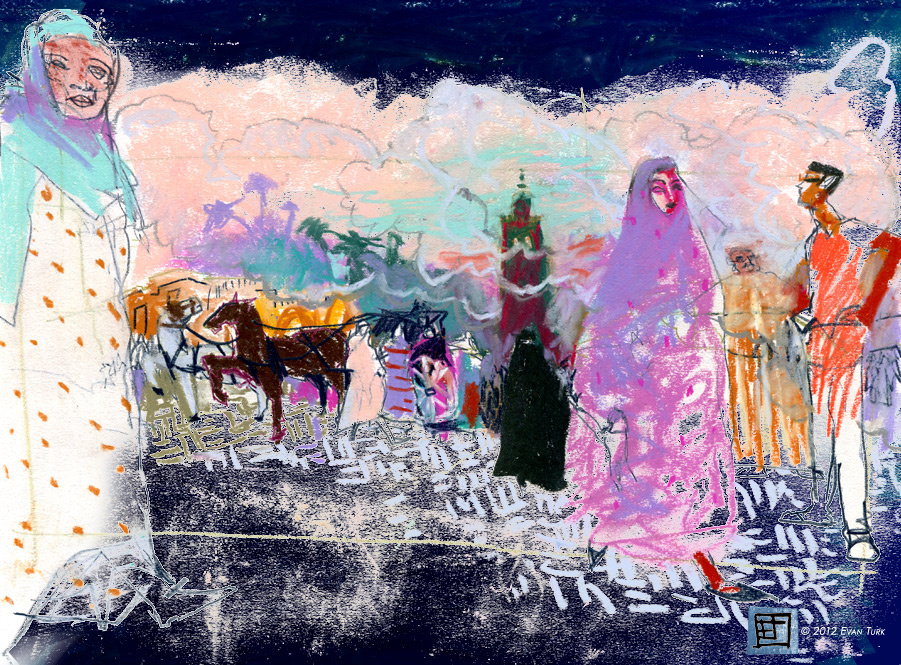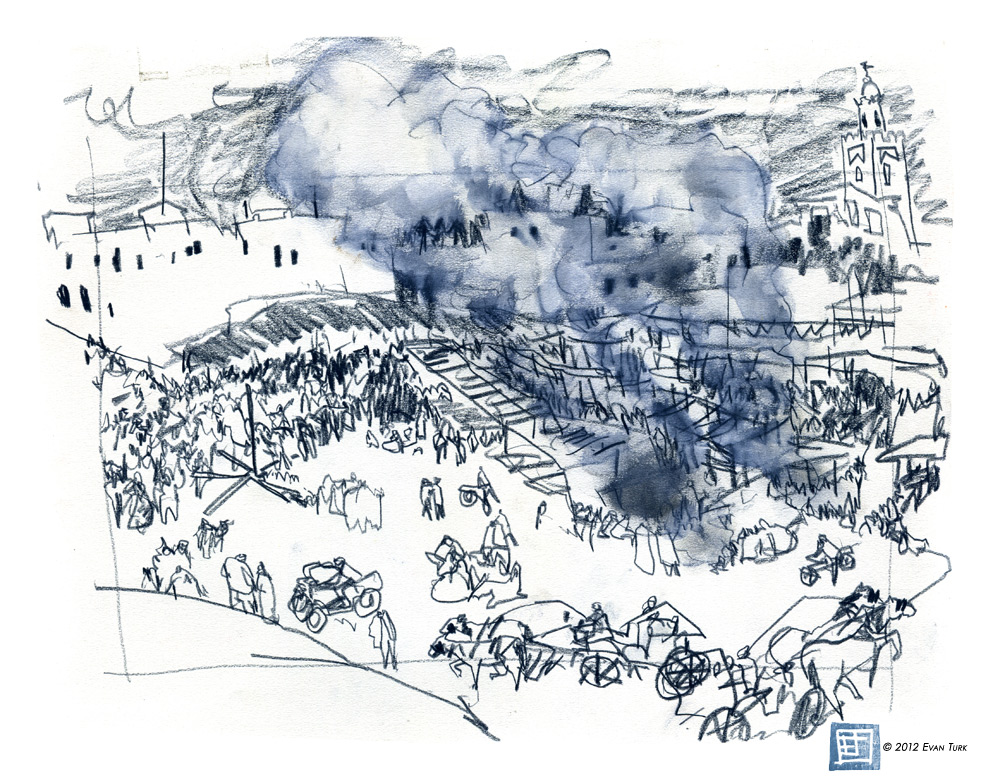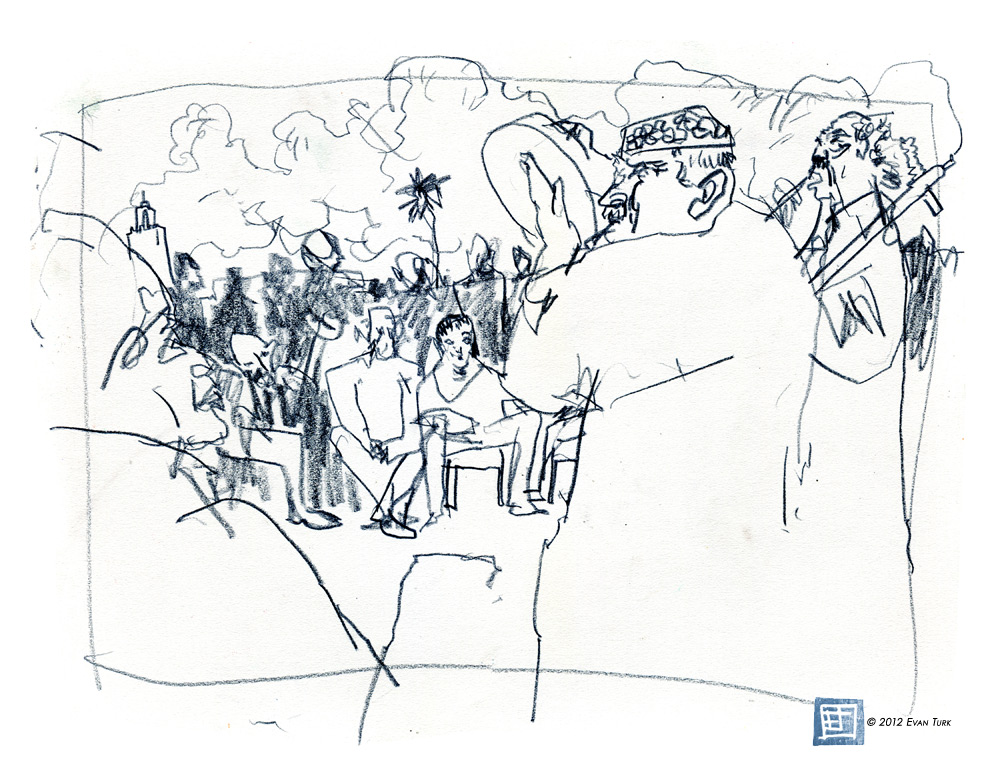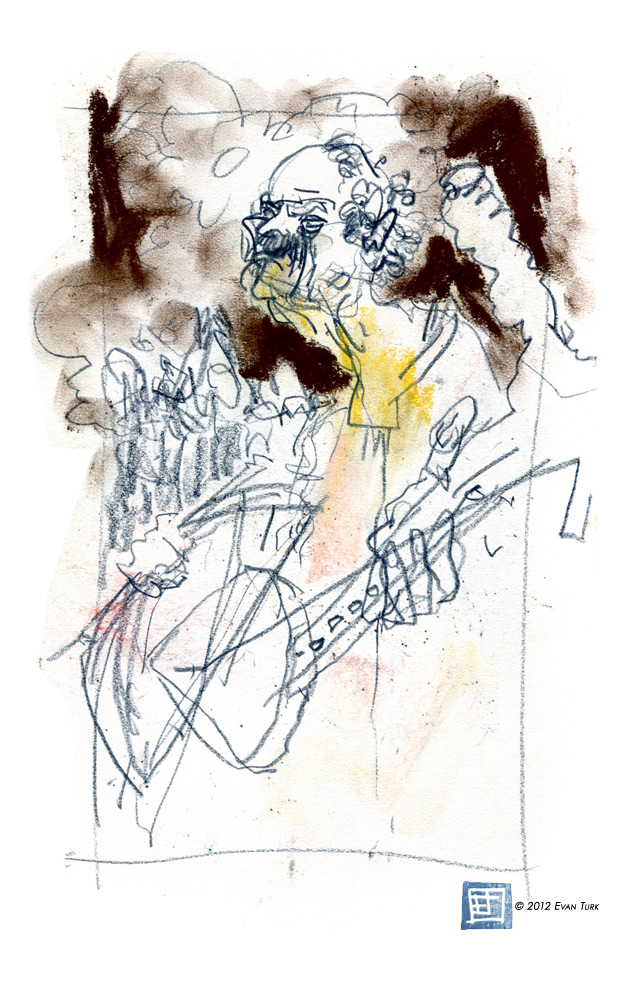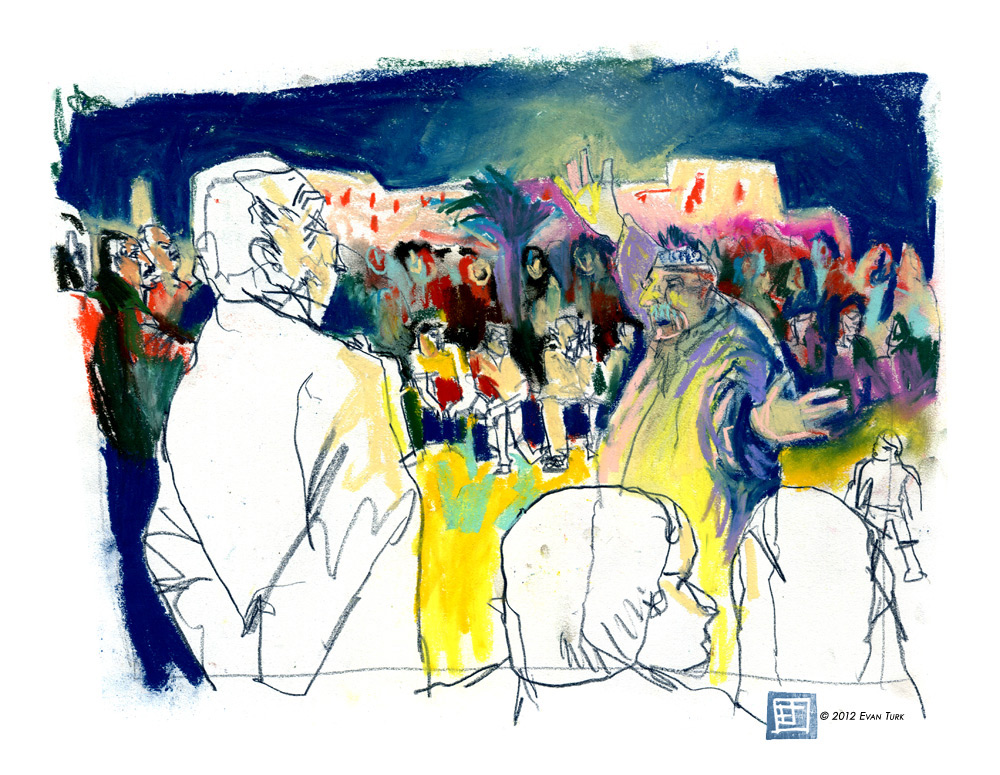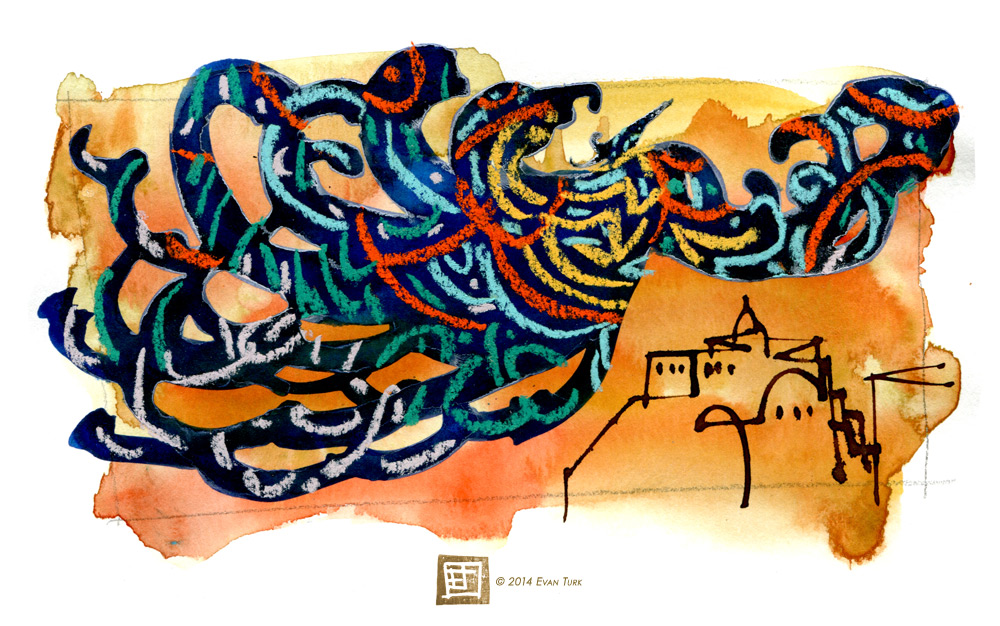 |
| Thumbnail drawing from The Storyteller |
I was asked to be a part of the Writing Process Blog tour by my new booking agent, at The Booking Biz, who is an author herself, Carmen Oliver. You can read her post HERE. It's sort of a blog chain letter that asks authors to explain a little bit about their how they write.
I'll be answering four questions about my writing process, which was a fun prompt for me, since this blog is mostly about my illustration and animation. But I love creating stories, whatever the medium. I'm in the process of creating my first children's book as author and illustrator, so this seemed like a great kickoff.
What am I currently working on?
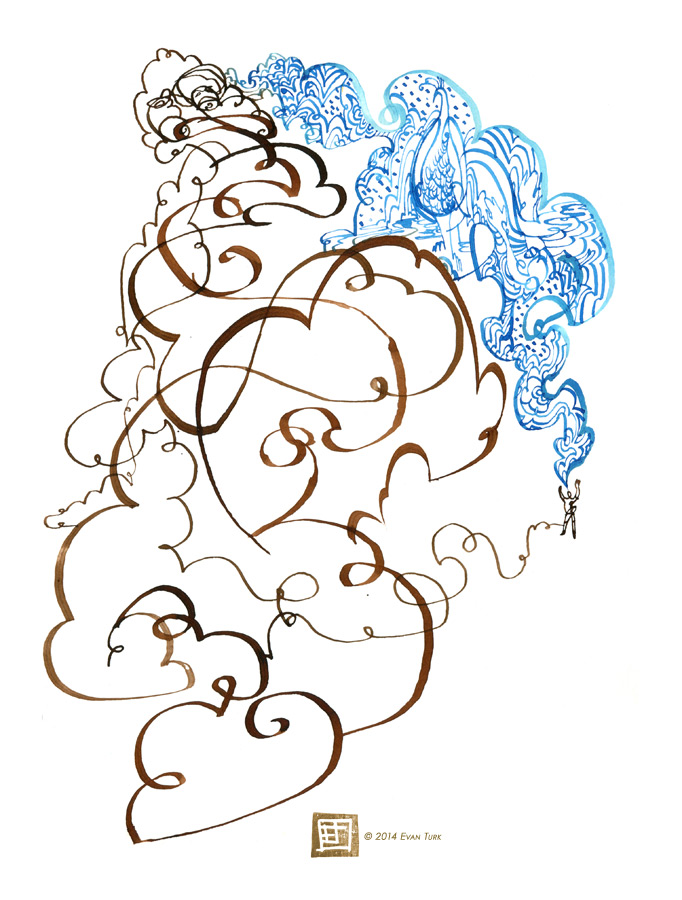 | |
|
I am also currently working on an animation and illustration project in conjunction with Dalvero Academy, at Mystic Seaport. I am documenting the restoration of the Charles W. Morgan, the last wooden whaleship in the world, which was built in 1841. This summer, I was one of 79 voyagers selected to sail aboard its 38th voyage, and first sail since 1921. My animation, although still in the early stages, deals with the emotional and cultural impact of whaling on whale and human populations today, and how we can strive to live and grow from that history and use it as the catalyst for healing and a new attitude towards whales and nature. It is a follow up project to my award-winning animation "Patterns" about the global cultural history created by the industry of whaling.
How does my work differ from others of its genre?
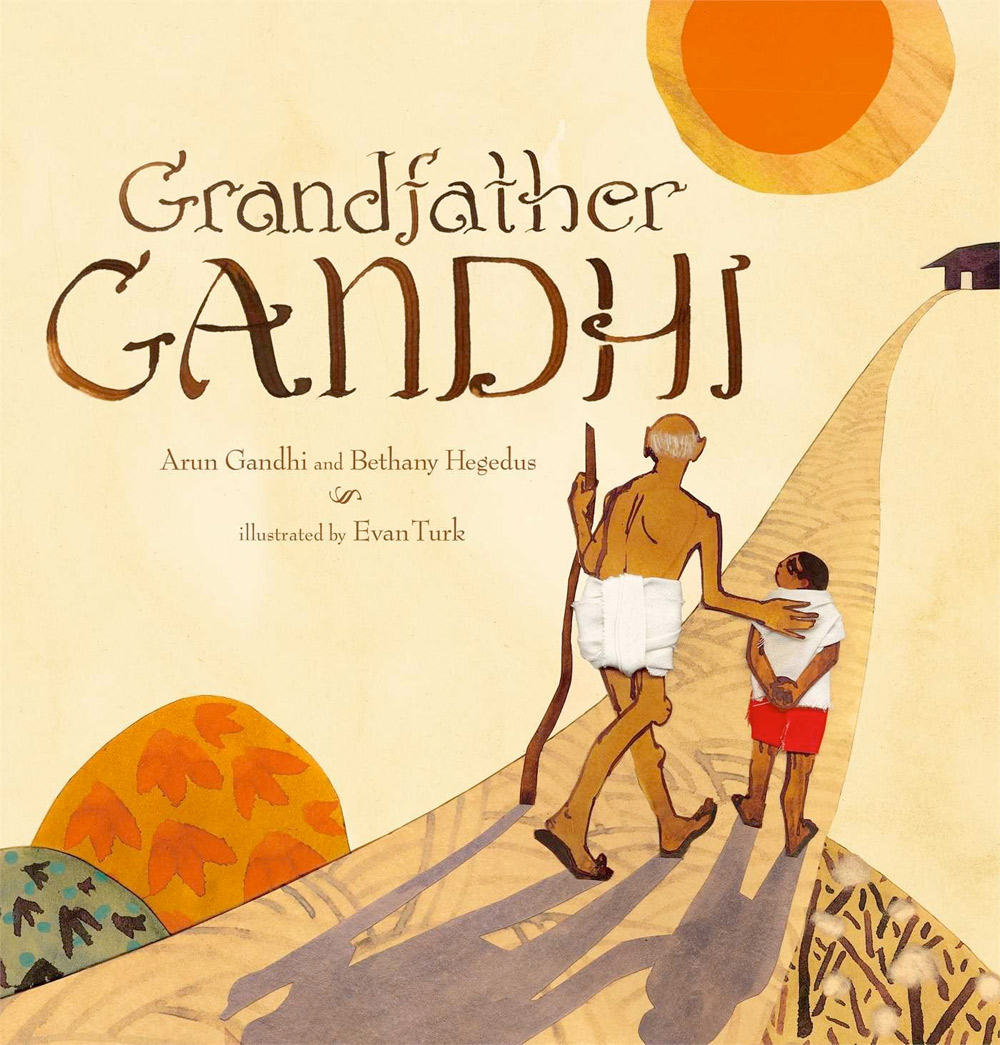
I think that my work differs from other children's literature because I have a very serious interest in culture and history, but a very loud, playful, and experimental approach when it comes to art and illustration. I often find that with children's books, more serious or historic topics are often dealt with
in a very somber way, and I like to think that I have a fresh, exciting, and diverse approach to a range of topics from serious to silly. But I am still very new to the children's book industry, so I guess it remains to be seen what will set me apart!
Why do I write what I write?
I write what I write usually because some piece of information, or art, or a story will interest me and I can't help but want to learn more about it and tell that story to others. It is always amazing to me when working on a project how so many different elements all seem to fall into place in one story, and I can discover new ways to tell stories and explore topics. Often I just get excited by the idea of creating art around the idea of a story, and the rest of the pieces come together in the words. I have an interest in folk tales, culture, and art from around the world, and I think there is an immense amount that we can learn from relating to, learning from, and telling stories about traditions and stories that have stood the test of time.
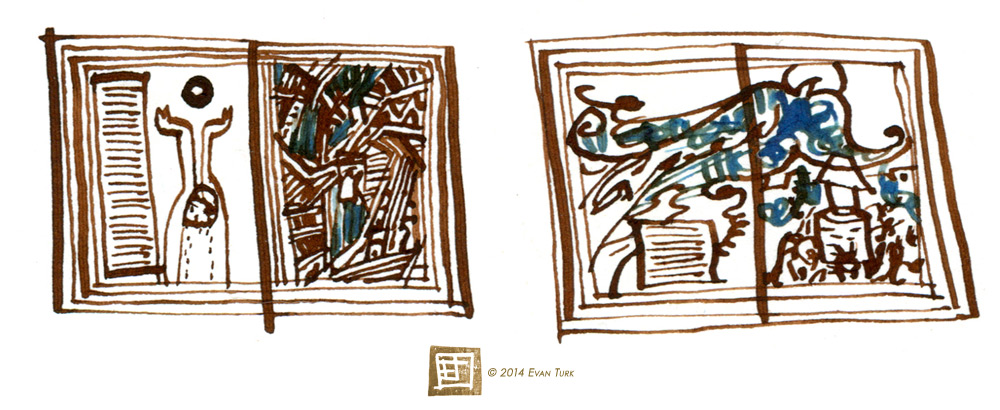 | |
|
How does my individual writing process work?
I usually will begin in an aimless research phase, where I go to museums and draw, travel, or read books and make thumbnails, and just go wherever my interest leads me. Usually, a thread will pop out somewhere along the line that will excite me to learn more, or make more drawings. As a story begins to form in my mind, I usually write it in a shorthand way, just figuring out the layout of the story itself, while making notes, thumbnails, and exploring the art along the way. This is always the most exciting step, when there are infinite possibilities for the art, and I have to sift through them to figure out how best to tell the story. When the story begins to get fleshed out, I will work on creating the page layouts in a series of of thumbnails and working on the actual manuscript for the story. Sometimes, though, the project will turn towards an animation, rather than a book, and I'll have to change gears (or vice-versa). It is all about getting the story across in the best way possible.
Next week, author Tim Anderson will join the Writing Process Blog Tour. I just finished his new book Sweet Tooth, and it was hilarious! I highly recommend it.
Tim Anderson is the author of Sweet Tooth and Tune in Tokyo: The Gaijin Diaries, which Publishers Weekly called "laugh-out-loud funny," Shelf Awareness called "so much fun," and Michiko Kakutani of the New York Times completely ignored. He is an editor and lives in Brooklyn with his husband, Jimmy; his cat, Stella; and his yoga balance ball, Sheila. Tim also writes young adult historical fiction under the name T. Neill Anderson and blogs at seetimblog.blogspot.com. His favorite Little Debbie snack cake is the Fudge Round.


